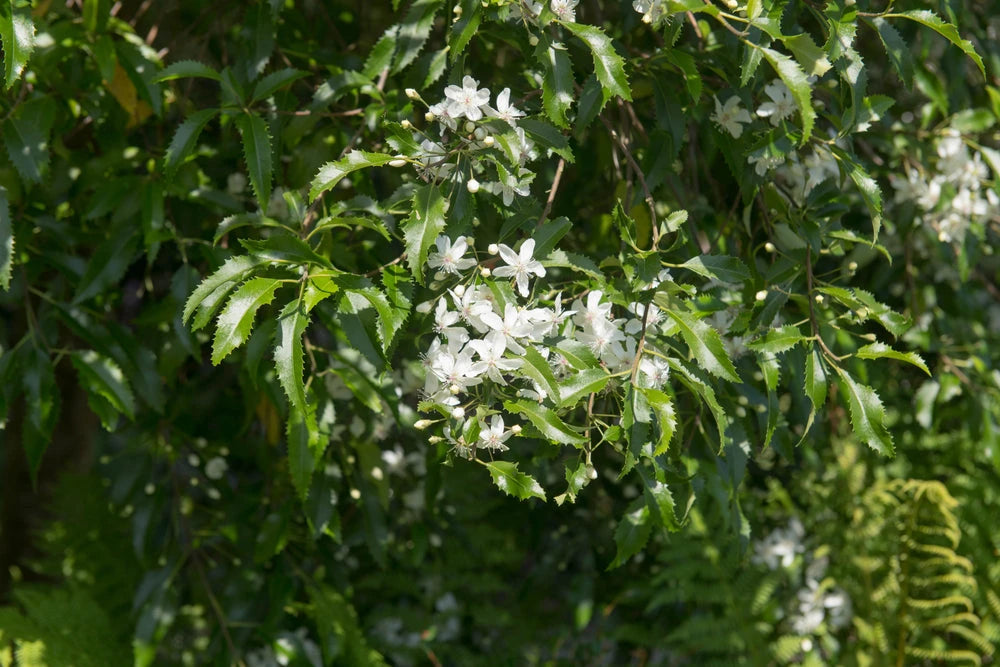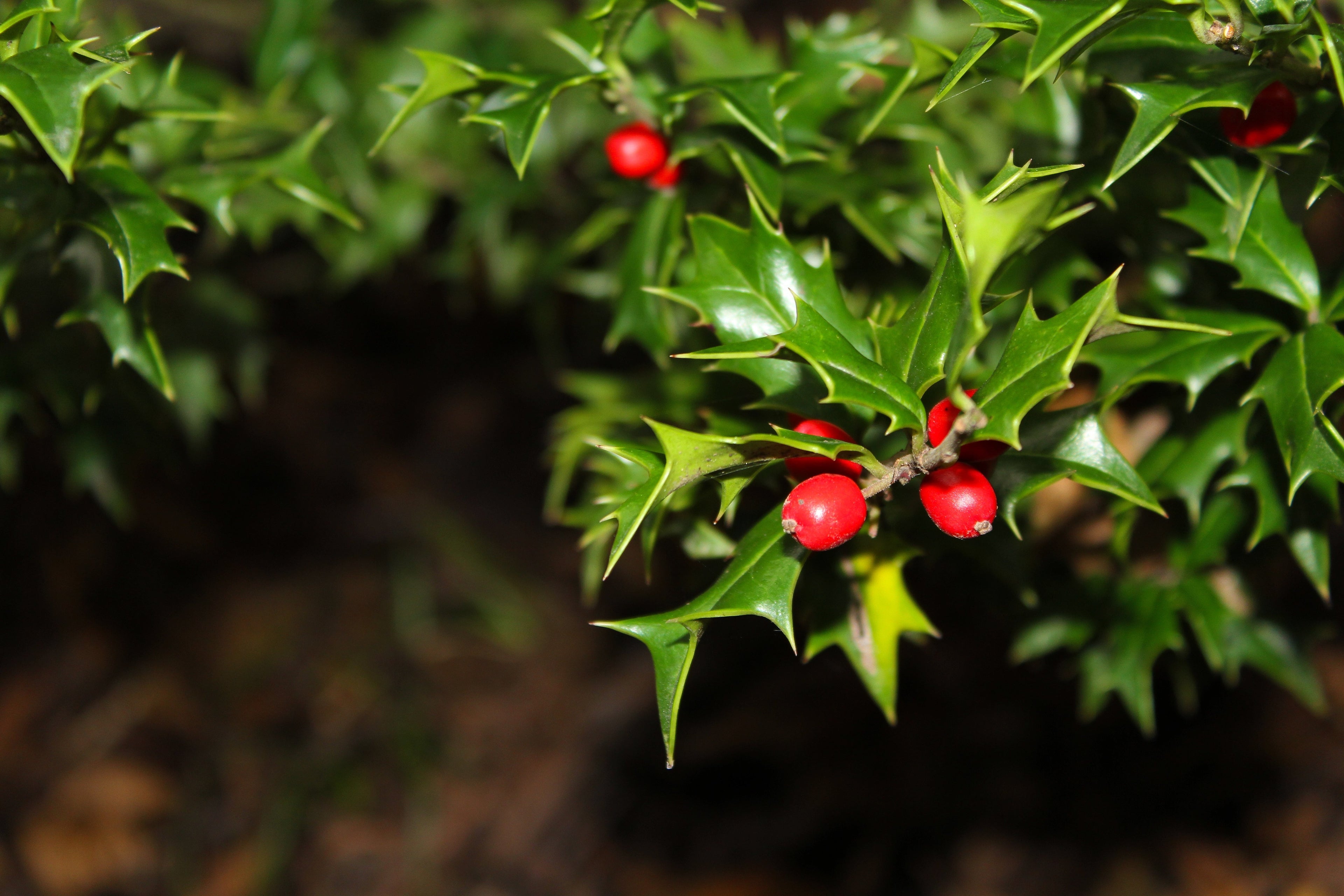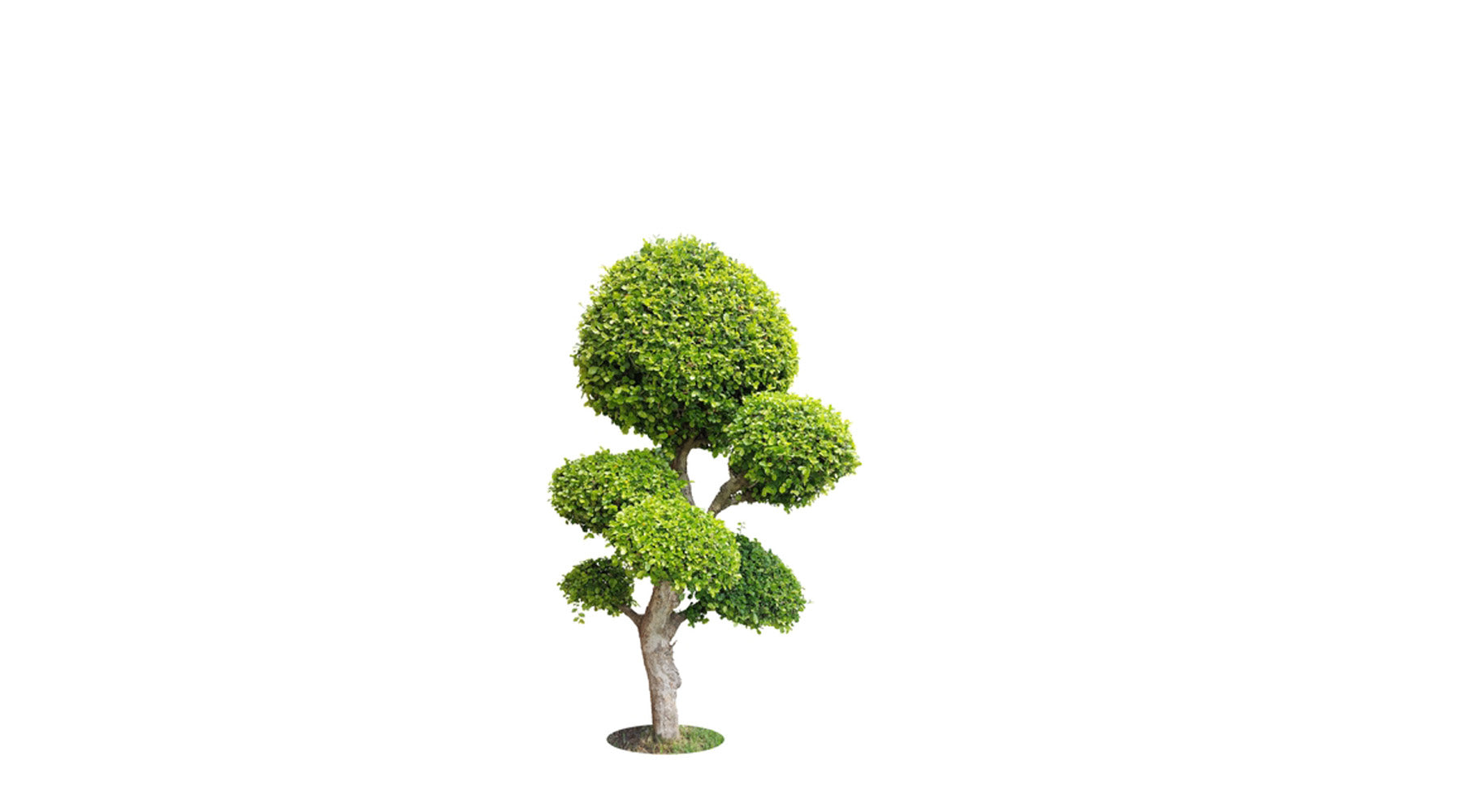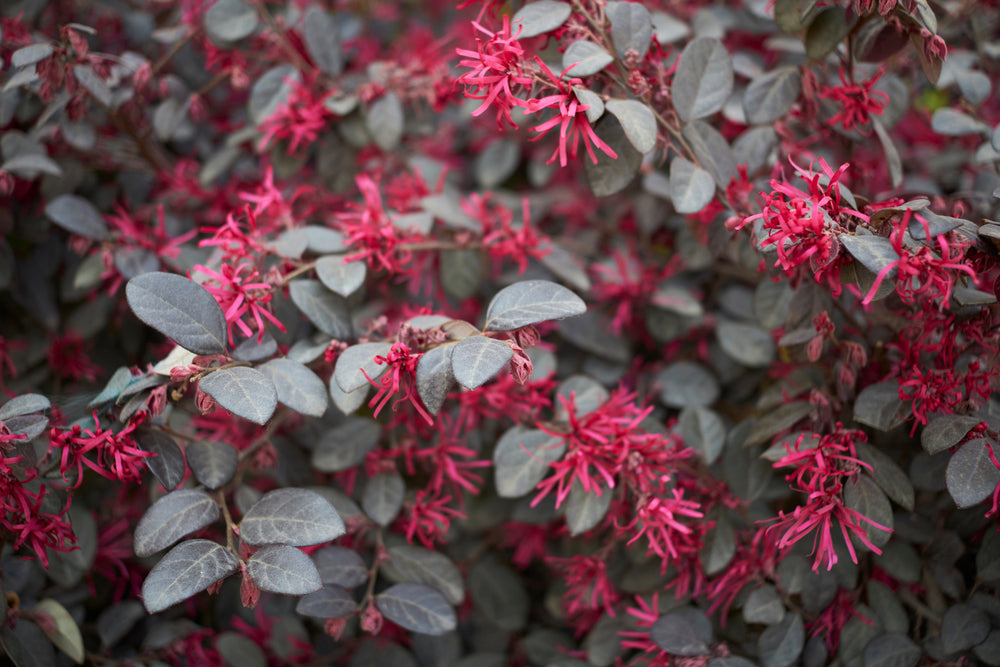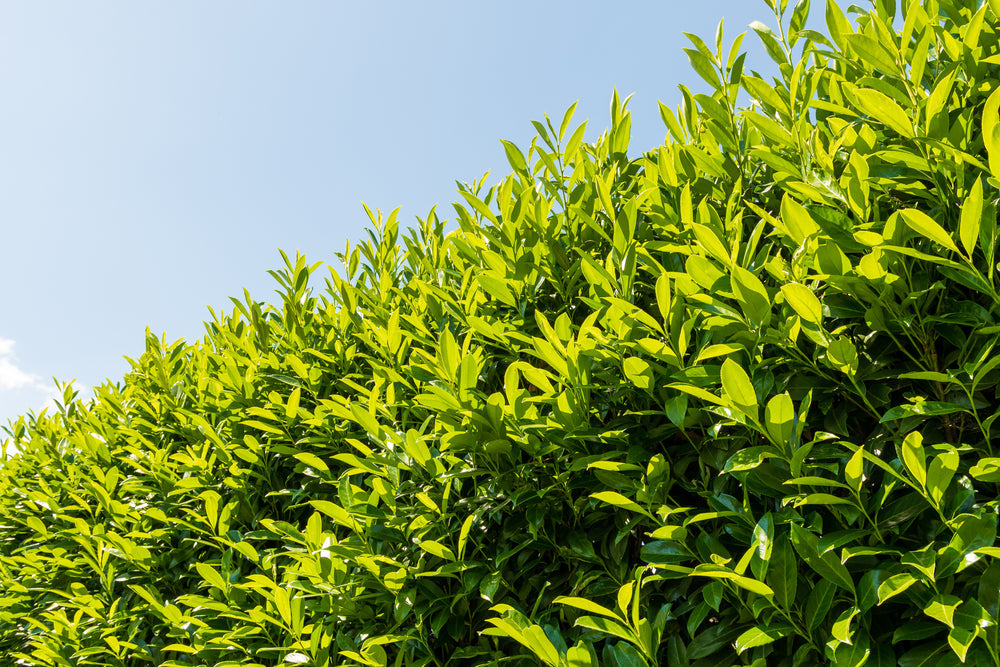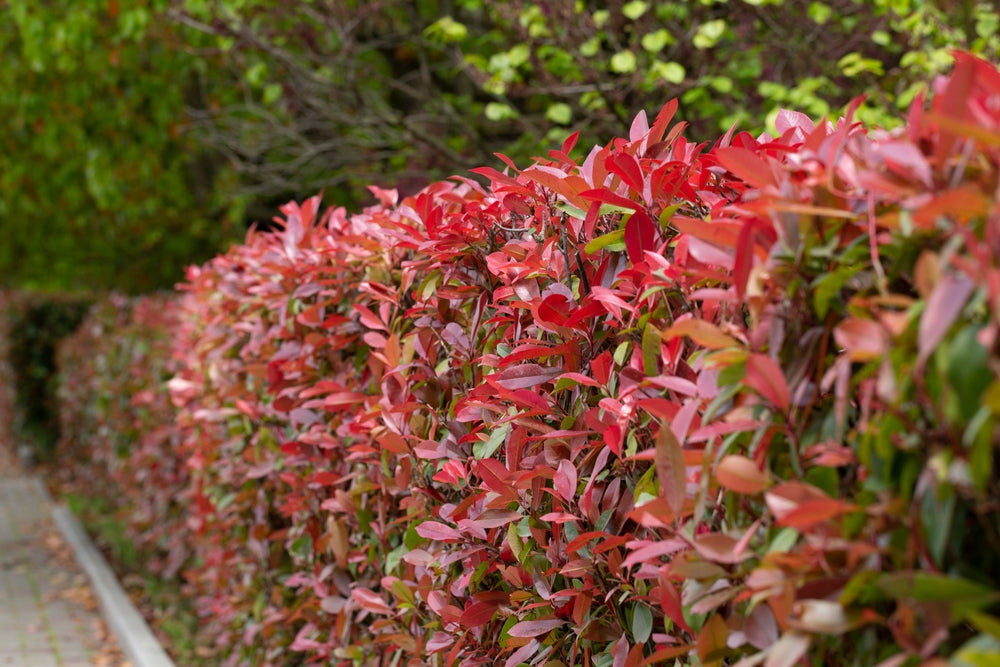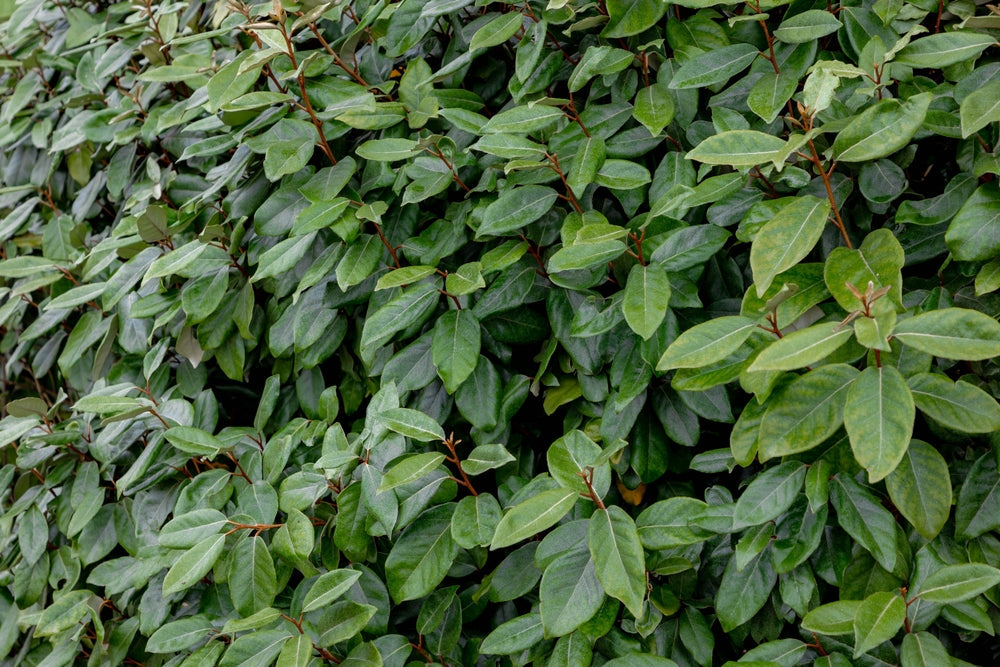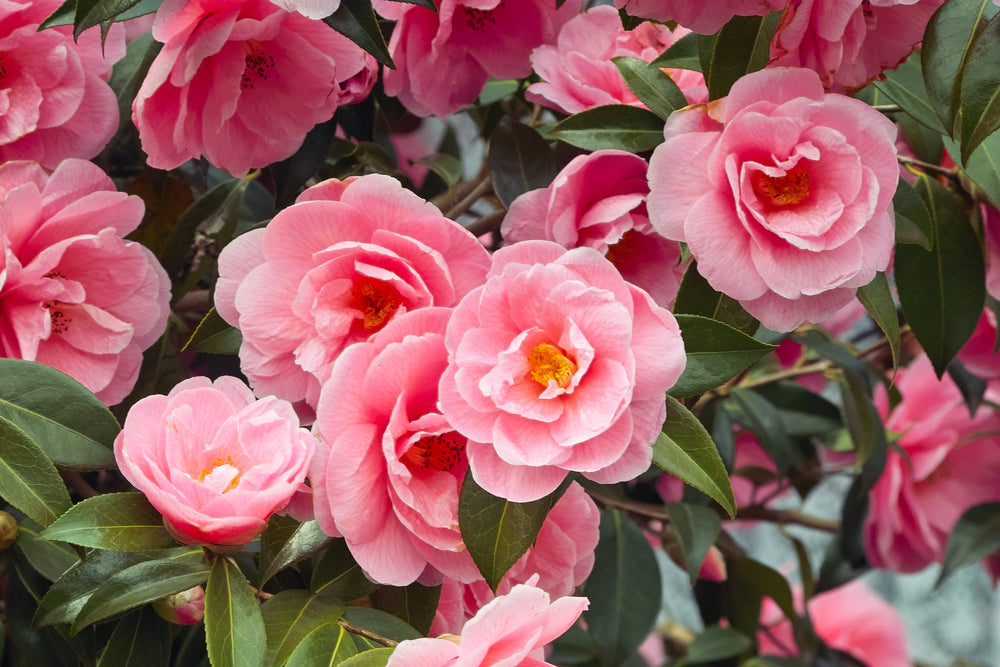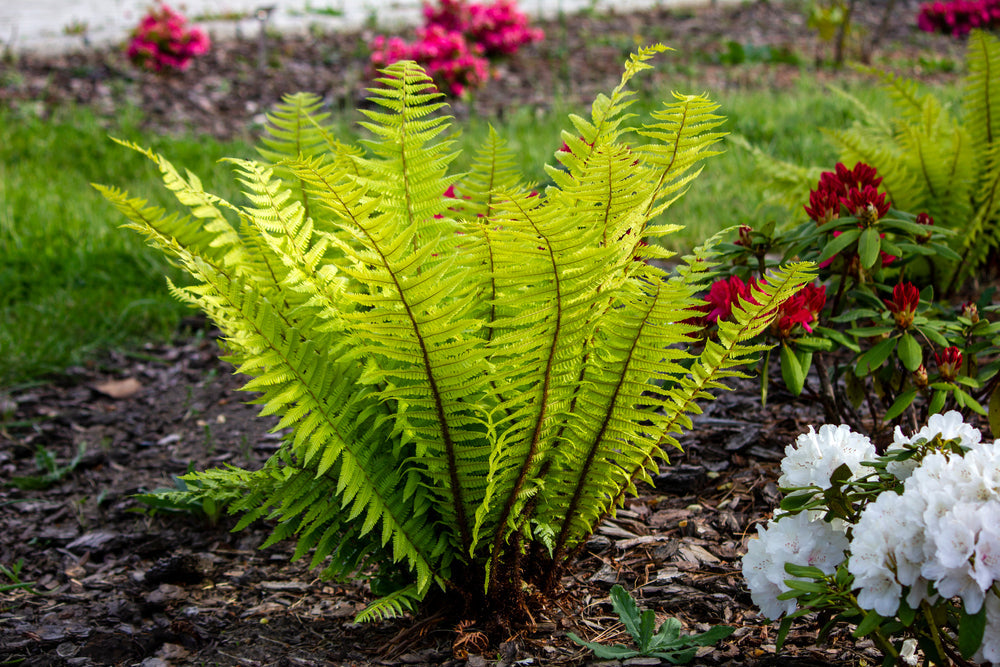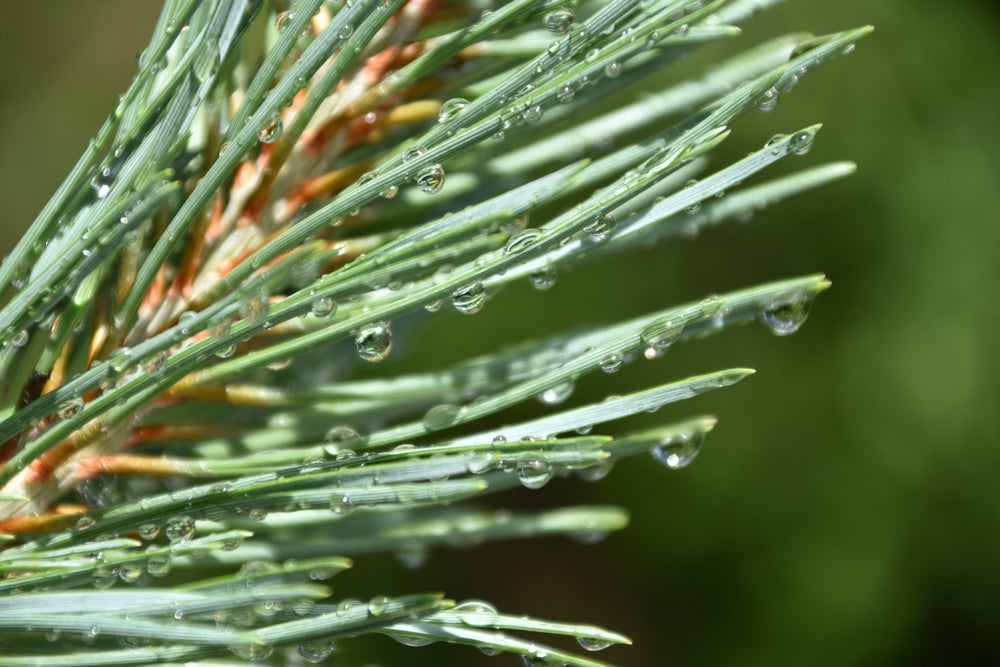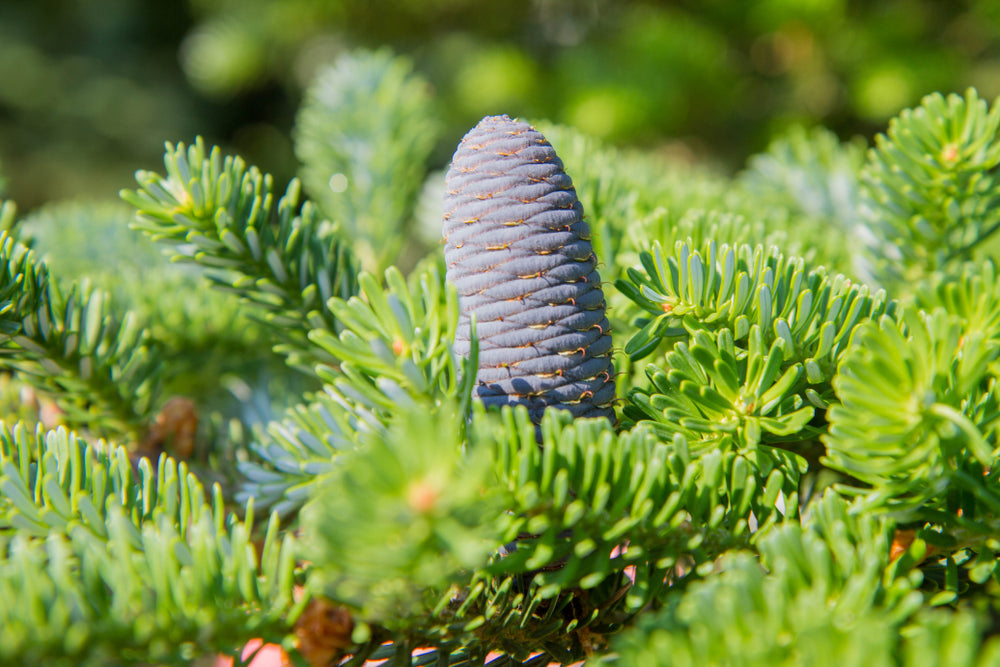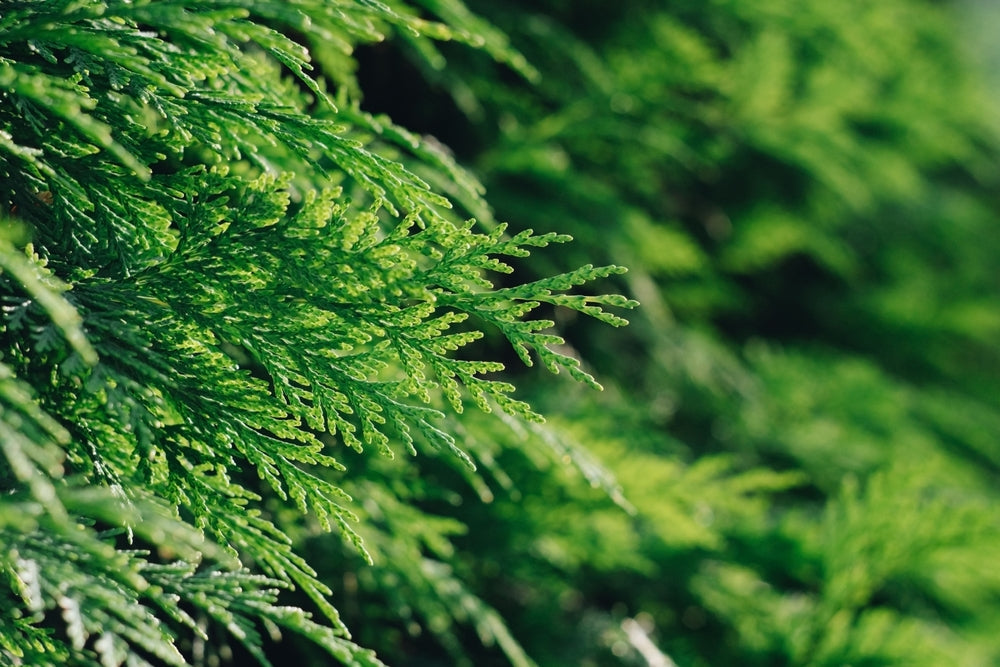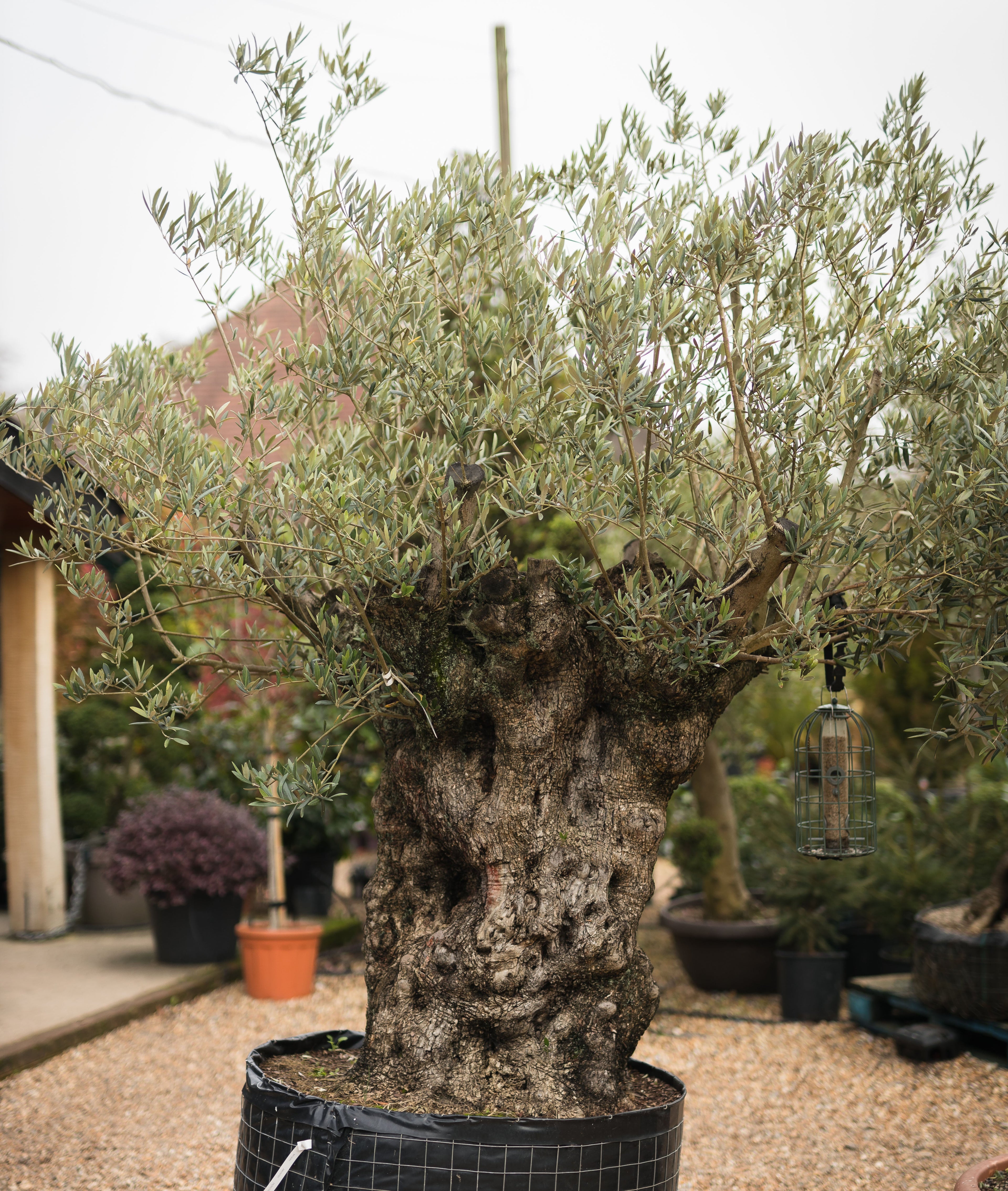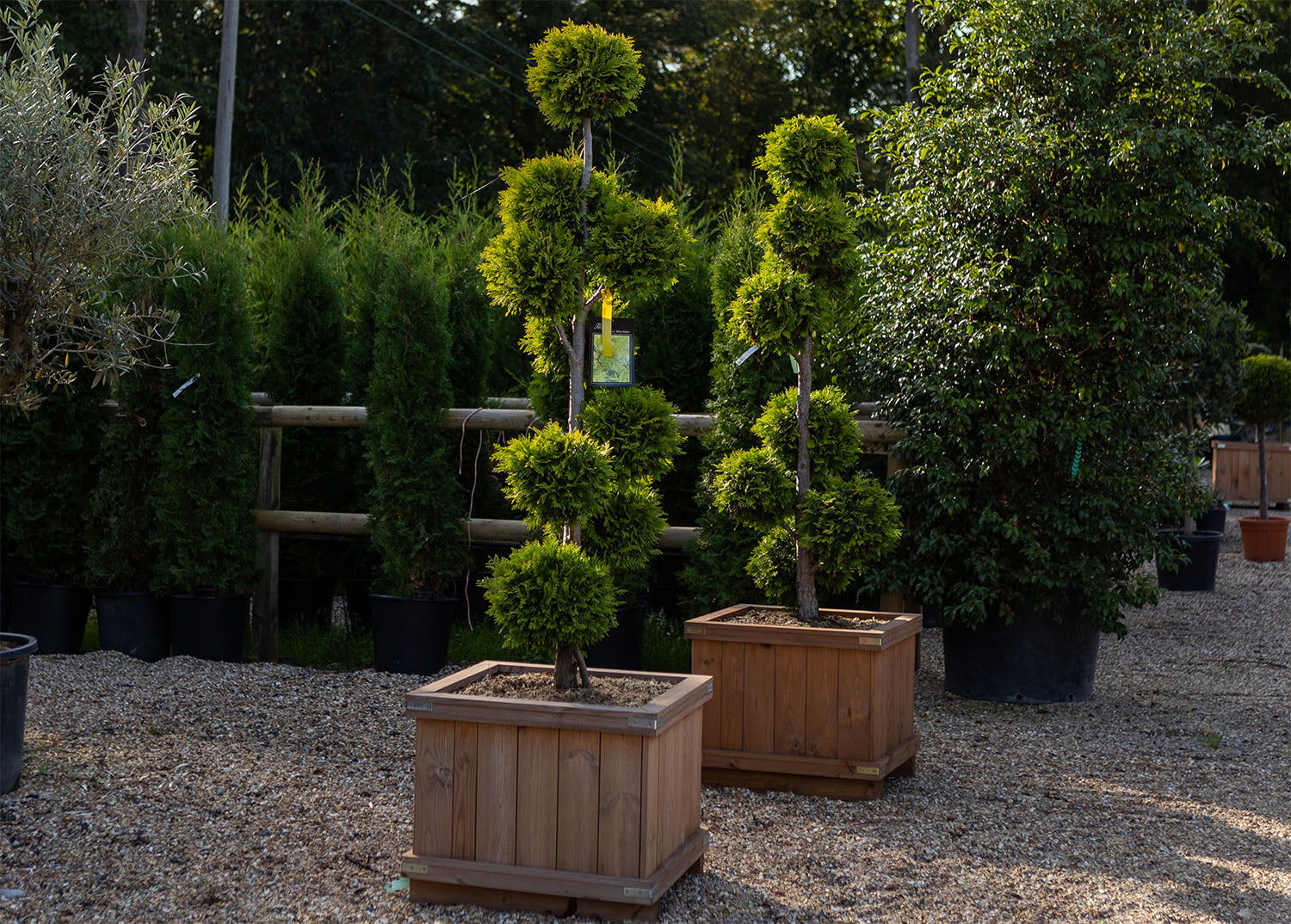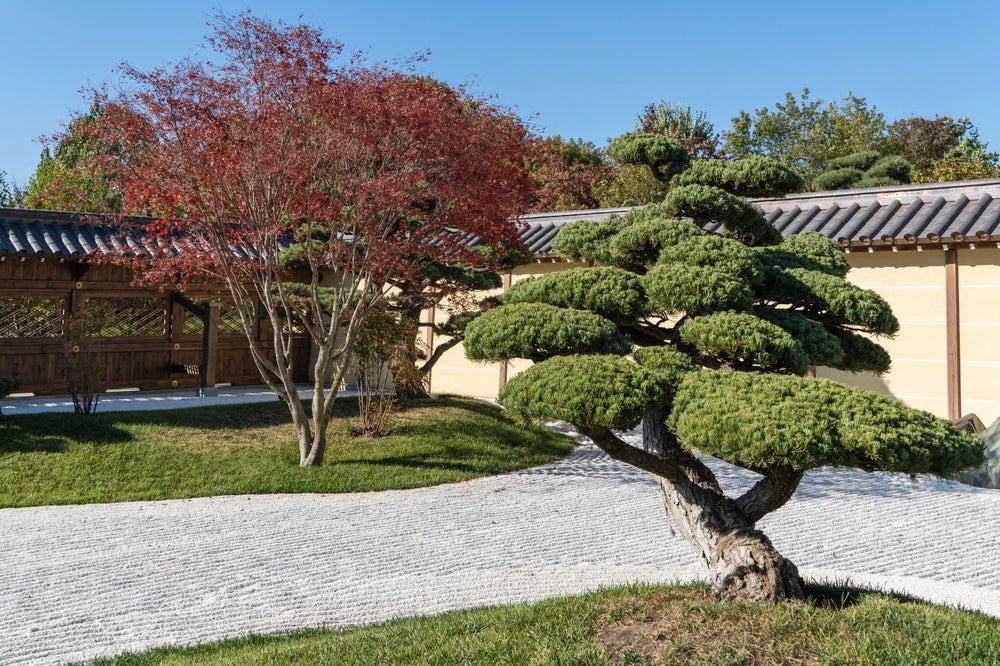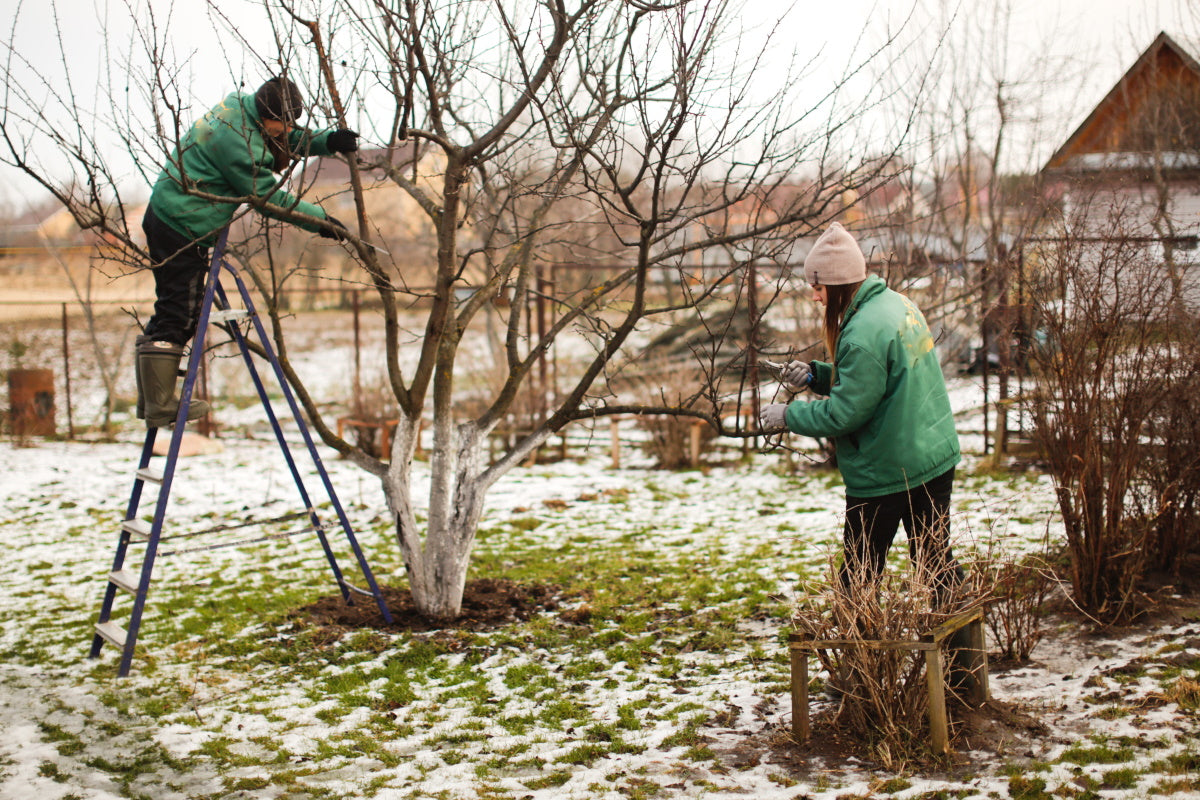
How to prune an apple tree? When to prune and method for achieving the best fruit production.
Pruning an apple tree is a critical part of its maintenance and fruit production. The optimal time to prune an apple tree is during the dormant season, typically in late winter or early spring before new growth starts. This timing minimizes the risk of pest infestations and disease and allows for a clear view of the tree’s structure.
The primary goal of pruning is to promote the tree's health, encourage the growth of strong fruit-bearing branches, and improve sunlight penetration and air circulation within the canopy. A well-pruned apple tree has a balanced shape and is not overcrowded with branches.
Here are steps and tips for effective pruning:
-
Safety First: Wear protective gear such as gloves and safety glasses. Use clean, sharp tools like pruning shears, loppers, and a pruning saw.
-
Remove Damaged Wood: Start by removing all dead, diseased, or damaged branches. This helps prevent insect infestations and diseases from spreading.
-
Thin Out Crowded Areas: Look for areas where branches are growing too close together, blocking light and air. Remove some of these branches to open up the canopy.
-
Prune for Shape and Strength: Cut back branches that are growing inward or downward. Focus on maintaining a central leader (the main upward-growing branch) and several strong lateral branches that form the tree's scaffold.
-
Encourage Fruit Spurs: Fruit spurs are short, stubby branches where apple blossoms and fruit develop. Lightly prune these areas to encourage fruit production.
-
Control Height: If the tree is too tall, reduce its height by cutting back the central leader to a lower lateral branch. This makes harvesting easier and ensures the tree isn’t top-heavy.
-
Mind the Bud Directions: When making cuts, consider the direction the new growth will take. Cut just above a bud facing the direction you want the branch to grow.
-
Avoid Over-Pruning: Do not remove more than about a quarter of the tree's total volume in one season. Over-pruning can stress the tree and reduce fruit yield.
-
Clean Up: After pruning, clean up fallen debris from around the tree to prevent the spread of pests and diseases.
-
Fertilize and Water: Post-pruning, give the tree a boost with appropriate fertilization and ensure it gets adequate water to support new growth.
Following these steps can significantly improve the health and productivity of your apple tree. Remember, annual pruning is key to maintaining a strong structure, preventing disease, and ensuring abundant fruit harvests. Keep in mind that each tree is unique, so tailor your approach based on the specific needs and growth patterns of your tree.
Arundel Arboretum has a very wide selection of Apple Tree available at the nursery and for delivery, check out our stock.
Share




















